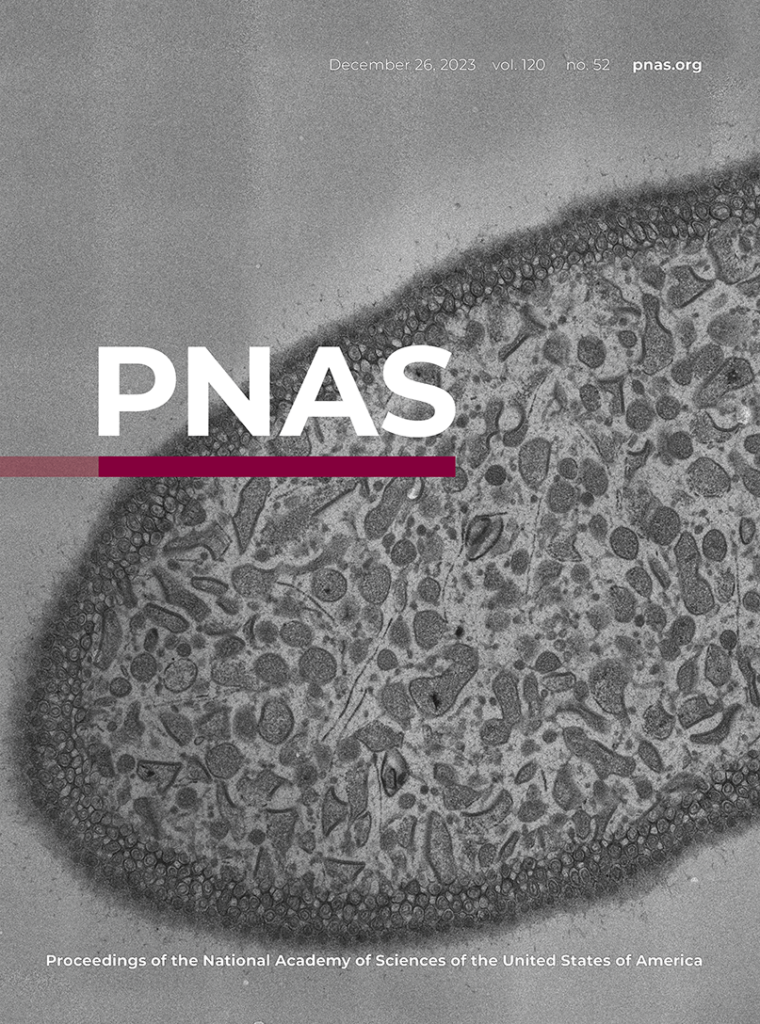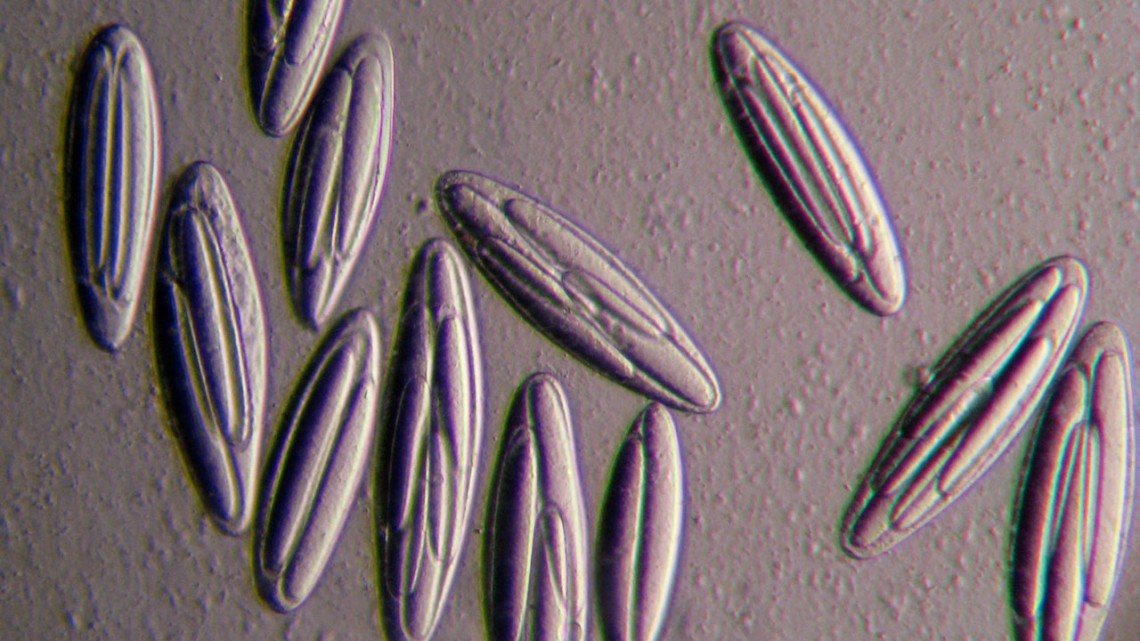The Biosciences Area’s Nathalie Elisabeth and Jean-Marie Volland collaborated on a study led by researchers from Cornell that produced the first full genome of a species of giant bacteria. Members of the Epulopiscium genus, the largest known heterotrophic bacteria, are a million times larger than E. coli. They live in the guts of tropical marine fish, an environment rich in sodium, which the team’s analysis suggests the bacteria use, along with polysaccharides from their host’s diet, to meet their outsize energy requirements.

Elisabeth, a research scientist in the Molecular Biophysics and Integrated Bioimaging (MBIB) Division, and Volland, an affiliate scientist at the DOE Joint Genome Institute (JGI), used transmission electron microscopy (TEM) to image the giant microbial cells. They showed that the bacterium has a highly convoluted cellular membrane that provides greater surface area for production of the energy storage molecule adenosine triphosphate (ATP). What’s more, the bacterium appears to generate a sodium motive force to drive ATP synthesis, as well as power rotation of the flagella it uses to swim.
One of the TEM images, of a section near the tip of a bacterial cell that shows its complex internal membrane system, appeared on the cover of the December 26, 2023 issue of Proceedings of the National Academy of Sciences.




